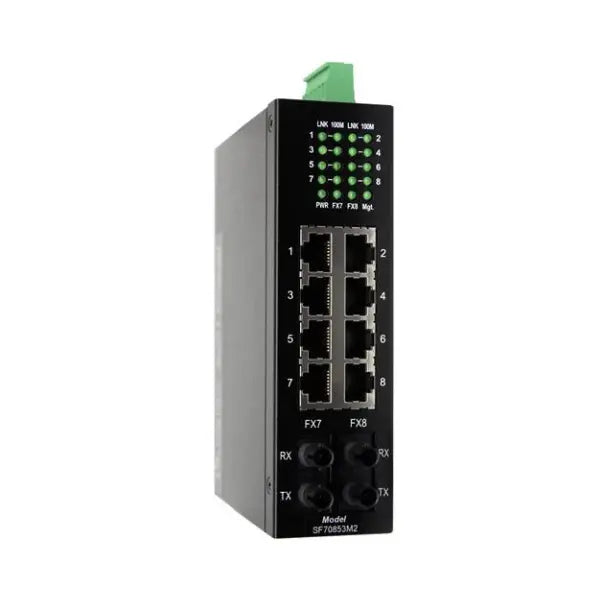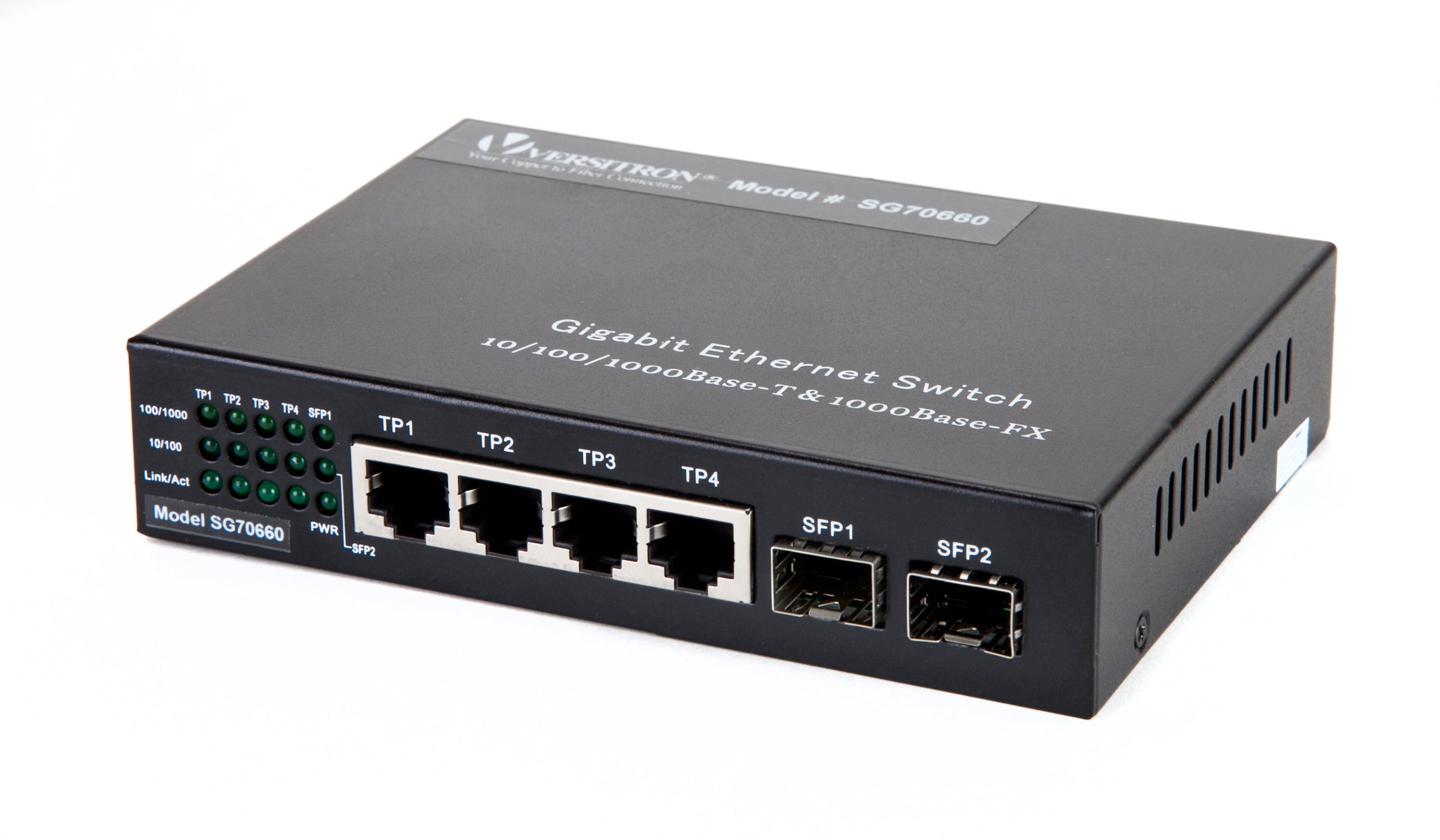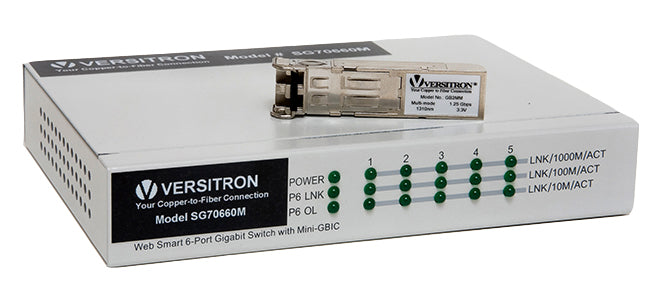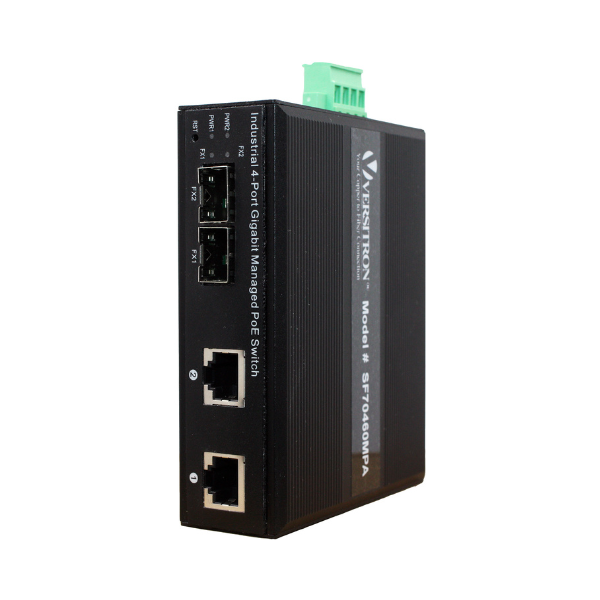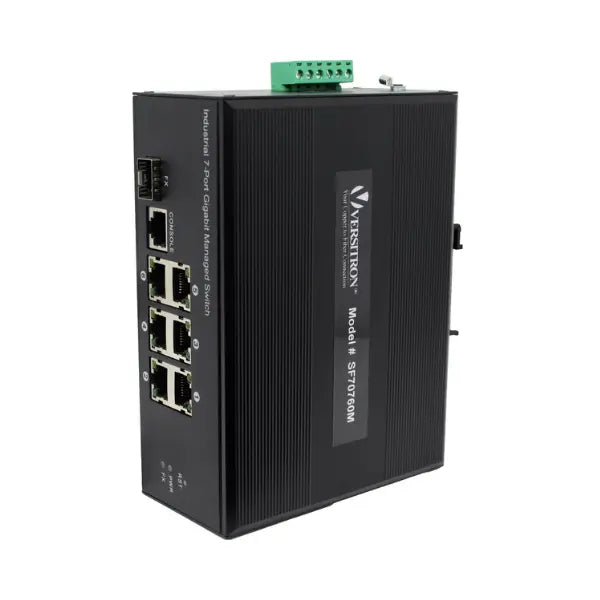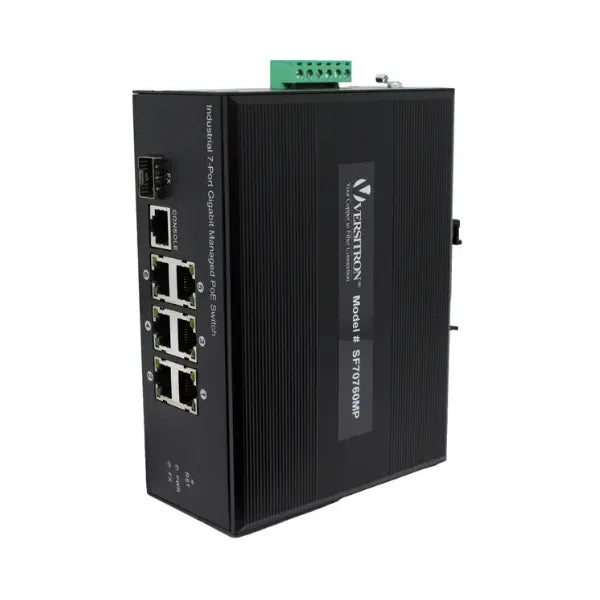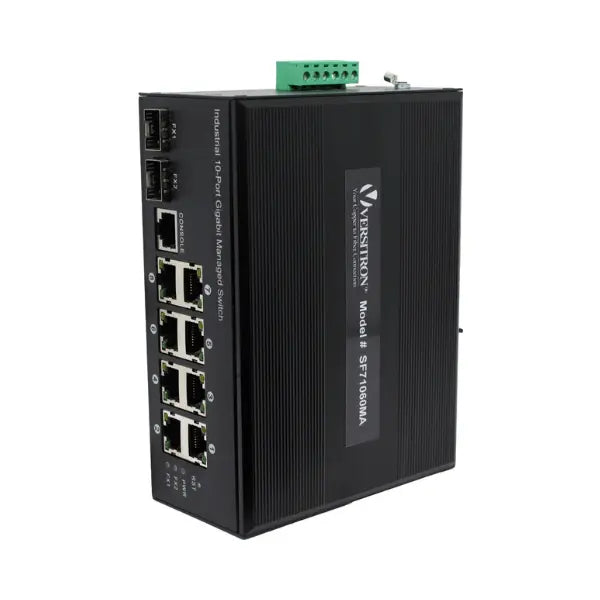Network devices play a significant role in building a strong network and enabling a seamless flow of communication from one end to the other one or multiple ends. There are various network devices such as hubs, switches, and routers used for the purpose. They are termed as a network bridge with multiple ports that which use media access control (MAC) addresses to receive and forward the data to the destination devices. All these three devices function differently, even if they are combined into a single device. So, it is important to know which device you should choose depending upon your requirement. This post discusses further details on hubs, switches, routers, their types such as fiber optic switches or Ethernet switches, and features.

A Complete Overview of a Hub, Switch, and Router
These devices are different from each other in features and functionality, and it is important to understand them before making a decision. So, here is a quick overview of all three devices.
What is a Hub?
Hub is a multiport repeater. It has multiple ports that accept Ethernet connections from different network devices. It is considered as the least intelligent device as it neither filters the data, nor it knows where the data is supposed to be sent. Data packets are received at one of its many ports, duplicated, and then sent to the other ports. As a result, all the devices receive the data packet, even if it is not for them. There are two types of hubs – active and passive. An active hub is a multi-point repeater which can regenerate signals, while a passive hub is a connector which connects wires coming from other systems.
What is a Switch?
A switch is smarter than a hub. Similar to the hub, it is a connection point for all the devices in the network. However, it is more efficient at passing a data packet across the network. It records the MAC addresses of the computers connected to it in a tabular format. When the data packet arrives, it reads the destination address and sends packet to the respective device rather than sending it to all connected devices. If the destination address is not available, the switch sends the data packet to all the devices across the network.
What is a Router?
It is the most intelligent of the three networking devices. It is designed to understand, manipulate, and direct data packets based on their IP addresses. It connects a local area network (LANs) and wide area network (WANs) and features a dynamically updating routing table based on which they make decisions on routing data packets. Router can identify the destination of the received data packet by its IP address and send it to the destination even if the address is on another network.
Hub vs. Switch vs. Routers – Differences Discussed
As mentioned, hubs, routers and switches function differently, and can be used as individual devices in a network. Sometimes, two or more of these are combined into a single device. This section offers a clear comparison of hub vs switch, Ethernet switch vs router, and hub vs router based on various parameters.
Ethernet Switch Vs Hub
When choosing between an Ethernet switch and a hub, an Ethernet switch is often the better option, especially if you need more connections and improved performance. The key difference lies in how they handle data. A hub connects multiple devices into a single network segment and broadcasts data to all connected devices, which can cause network congestion and lag. In contrast, an Ethernet switch is more efficient, directing data only to the intended device by identifying its media access control (MAC) address. This targeted approach reduces lag and enhances security, making switches a more efficient and scalable choice for modern networks. Here's a breakdown of their key differences:
Layer of Operation:
- Switch: Operates on the data link layer (Layer 2) of the OSI model. It intelligently identifies the destination device for each data packet and forwards it only to that device, improving network efficiency and reducing collisions.
- Hub: Works on the physical layer (Layer 1) of the OSI model. This means it acts like a simple extension cord, blindly sending data packets to all connected devices.
Data Forwarding:
- Switch: Learns the MAC addresses of connected devices and uses them to direct data packets to the specific recipient. This reduces collisions and improves network performance.
- Hub: Broadcasts all data packets to all connected devices. This can lead to collisions and slow down the network, especially as the number of devices increases.
Number of Devices:
- Switch: Can handle a larger number of devices (typically 16-48 or more) without performance degradation due to its intelligent forwarding mechanism.
- Hub: Can connect a limited number of devices (typically 4-8) before performance suffers due to collisions.
Duplex Mode:
- Switch: Can operate in both half-duplex and full-duplex mode, allowing data to be sent and receive simultaneously, significantly improving network performance.
- Hub: Operates in half-duplex mode, meaning data can only be sent or received, not both simultaneously. This further reduces network speed.
Data Format:
- Switch: Encapsulates data in frames and packets, adding additional information for routing and error detection.
- Hub: Transmits data as raw electrical signals or bits.
Applications:
- Switch: Widely used in modern networks due to its improved performance, scalability, and security features.
- Hub: Primarily used in older networks or for simple setups with a limited number of devices.
Here's a quick comparison between an Ethernet Switch and a Hub.
|
Feature |
Ethernet Switch |
Hub |
|
OSI Layer |
Data Link Layer (Layer 2) |
Physical Layer (Layer 1) |
|
Addressing |
Forwards data based on MAC addresses |
Broadcasts data to all connected devices |
|
MAC Address Table |
Maintains a MAC address table |
Does not have a MAC address table |
|
Traffic Management |
Selectively forwards data to intended recipient |
Broadcasts data to all connected devices |
|
Bandwidth Sharing |
Devices have dedicated bandwidth |
Devices share total bandwidth |
|
Network Speeds |
Supports different network speeds (e.g., 10/100/1000 Mbps, 10 Gbps) |
Limited by the speed of the hub |
|
Duplex Mode |
Supports full-duplex communication |
Supports half-duplex communication |
|
Efficiency |
More efficient, reduces unnecessary traffic |
Less efficient, may lead to network congestion |
|
Modern Usage |
Widely used in modern networks |
Considered outdated and rarely used |
Ethernet Switch vs. Router
- When comparing an Ethernet switch vs router, the switch operates at the Data Link layer (Layer 2) and the router works at the Network layer (Layer 3).
- A router can link both LAN as well as WAN, and transmit data to other connected networks. A switch can join multiple devices in a LAN.
- An Ethernet switch transmits data based on the MAC address, however, a router routes data packets across networks based on the IP address.
- Routers can be used in wired and wireless networks, while switches are typically designed for wired networks.
- Since virtual networks are gaining traction, the demand for both switches and routers has gone up. Both these devices are useful for VLANs or virtual LAN networks.
- Switches split a LAN into multiple virtual LANs. This makes it easy for layer 2 devices to communicate without any external components. However, if a device on layer 2 wants to connect with one on layer 3, routers are used.
- The routers facilitate inter-VLAN communication, while switches allow inter-device communication on the same VLAN.
- Beyond layer 2 switches and routers, layer 3 switches are also developed and used an integrated approach to switching and routing.
Difference Between Hub and Router
- A hub is a basic device and simply works as a broadcaster when it comes to data transmission. It transmits data in the form of electrical signals. A router sends data in the form of a packet and uses the IP address for data transmission.
- A router is an advanced and intelligent networking device, while a hub is passive and without any intelligence.
- The advanced and ever expanding networks today need wireless routers which facilitate data transmission across networks and inter-LAN as well as inter-layer device communication.
Which is Better – Hub, Switch or Router?
Making the right choice depends on your application requirement, network complexity, budget, and many other factors. While a hub may not even be considered for today’s business networks, the choice largely remains between switches and routers. Both switches and routers are available in varied configurations. For most wired networks, switches may work well in terms of budget and functionality. Routers are definitely more advanced than switches when it comes to device compatibility, supporting wireless networks, and so on. However, they are more expensive than switches. So, one needs to weigh all the options in terms of cots and functionality against their network requirements to make the right choice.
Hub vs Network Switch vs Router – What Is the Real Difference?
| Criteria | Hub | Switch | Router |
|---|---|---|---|
| Layers | Physical layer (layer 1) | Data link layer (layer 2) | Network layer (layer 3) |
| Functions | Connect multiple Ethernet devices as a single segment | Join multiple devices within one LAN | Link both LAN as well as WAN |
| Device Type | Least intelligent device | Intelligent device | Intelligent device |
| Data Transmission Form | Electrical signal or bits | Frame and packet | Packet |
| Transmission Mode | Half-duplex | Half/full-duplex | Full-duplex |
| Address Used for Data Transmission | No addressing, broadcast to all devices | Based on MAC address | Based on IP address |
Conclusion
This information on hubs, routers, and switches may offer some idea regarding the functionalities of these network device. However, if you have any further questions, you may want to consult some reliable manufacturers and suppliers of these devices. Also, if you are looking to expand your network or blend it with fiber optics, you will require good quality and compatible switches, routers, ethernet media converters, and many other networking devices. Ensure you source them from a trusted supplier such as VERSITRON. The company offers reliable network devices in varied configurations and custom options.
FAQs
Hub, simply broadcasts data to all connected devices. Switches, on the other hand, connect devices within a network and enable efficient data transfer using MAC addresses. Routers connect multiple networks and determine the best path for data transmission based on IP addresses. Each device plays a unique role in network communication, with hubs offering basic connectivity, switches facilitating device-level communication, and routers managing network connectivity.
A hub is a multiport repeater that accepts Ethernet connections from various network devices. It is considered the least intelligent device, as it copies data packets to all connected ports, regardless of the destination device.
The choice depends on application requirements, network complexity, budget, and other factors. For most wired networks, switches may work well in terms of budget and functionality, while routers are more advanced but come at a higher cost.
A router works on the network layer, linking both LAN and WAN and transmitting data based on IP addresses. On the other hand, a switch operates on the data link layer, joining multiple devices in a LAN and transmitting data based on MAC addresses.
Unlike a hub, a switch operates on the data link layer and intelligently identifies the destination device for each data packet. It reads MAC addresses, forwarding data only to the specific recipient, reducing collisions and improving network efficiency.
A router is designed to understand, manipulate, and direct data packets based on their IP addresses. It connects local area networks (LANs) and wide area networks (WANs), featuring a dynamically updating routing table to make decisions on routing data packets.
An Ethernet switch operates on the data link layer, intelligently forwarding data based on MAC addresses, reducing collisions. In contrast, a hub works on the physical layer, broadcasting data packets to all connected devices, leading to potential collisions and network slowdowns.


